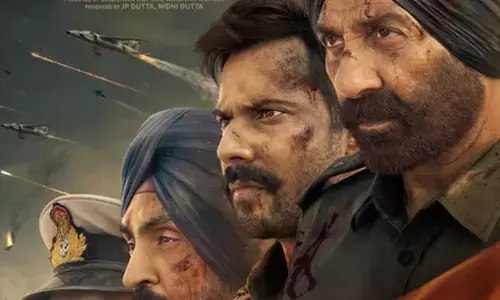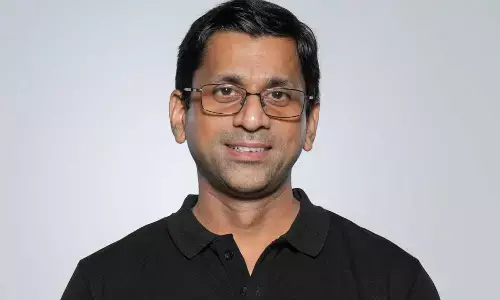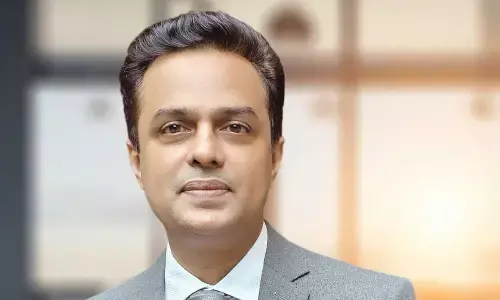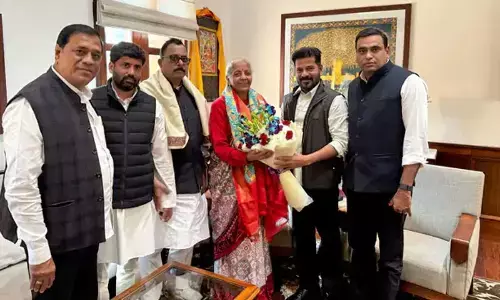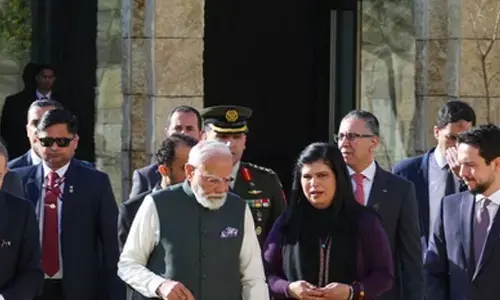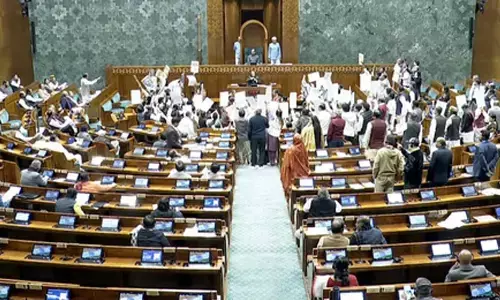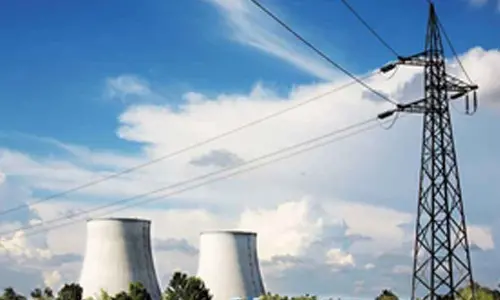Why it is Advantage Modi for Election 2019
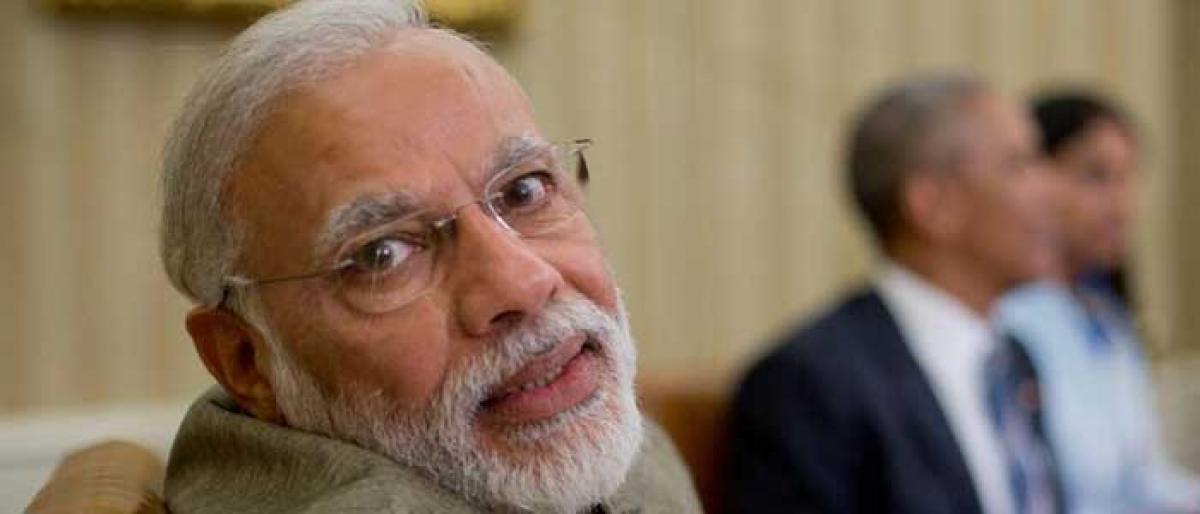
After the latest cabinet reshuffle, the opinion of experts is that it is a straight smooth run for Prime Minister Narendra Modi till the next elections in the middle of 2019. They also aver that it is Advantage Modi for Election 2019, although there are some important state elections in Gujarat, Karnataka, Madhya Pradesh, Chhattisgarh and some others on the way. Though Indian politics like a game
After the latest cabinet reshuffle, the opinion of experts is that it is a straight smooth run for Prime Minister Narendra Modi till the next elections in the middle of 2019. They also aver that it is Advantage Modi for Election 2019, although there are some important state elections in Gujarat, Karnataka, Madhya Pradesh, Chhattisgarh and some others on the way. Though Indian politics like a game of cricket is marked by glorious uncertainties, preliminarily, this assessment of Advantage Modi is correct. Though there are many factors responsible for this advantage, it is ultimately so because Modi still has control over the public narrative. He is still seen as the most credible of all the players in the fray by the masses.
The main opposition, the Congress party, is seen as an organisation that cannot stand up even after getting a knock in 2014 when they were reduced to 44 seats. The grand old party cannot still make up its mind whether it will be Rahul Gandhi who will lead the party in the elections or Sonia will continue or Priyanka Gandhi will be introduced as a dark horse.
Nitish Kumar who was earlier seen as a common opposition candidate for Prime Ministership has deserted the ranks and joined the Modi-led National Democratic Alliance, while Laloo Yadav, another uncompromising opposition leader, has his back broken courtesy the Enforcement Directorate raids on his children. Mamata Banerjee in Bengal is battling charges of going out of the way to appease Muslims – so much so that in Kolkata she is commonly referred to as Mamata Begum.
In Odisha, after being in power for nearly two decades, Naveen Patnaik is battling against anti-incumbency and in the southern states of Andhra Pradesh and Telangana, Chief Ministers N Chandrababu Naidu and K Chandrashekar Rao (KCR) are both mortally petrified of Modi. Naidu, though part of NDA, knows not what deal opposition leader Jagan Reddy of YSR Congress will cut with Modi and aide Amit Shah, while KCR is all ready to fall at the feet of the duo.
The politics of Tamil Nadu is now being controlled by Modi-Shah (although a little imperfectly) and the only place the BJP looks disadvantaged presently is Karnataka. Congress Chief Minister Siddaramaiah, although suffering from anti-incumbency, has spilt the ranks of the Lingayats, the main support base of the BJP. Accounting for a significant 17 per cent of the population, the Lingayats want to be declared as non-Hindus – much to the discomfiture of BJP. Thus, the opposition forces are unable to convince the public at large that they have a chance at the elections, quite unlike the image conveyed from the Modi quarters.
For the record, there are some dissident elements within the BJP, too. The buzz in the corridors of power in New Delhi is that a few prominent ministers (including Sushma Swaraj and Nitin Gadkari) met at the house of home minister Rajnath Singh: they were not apparently quite happy at the turn of events. If the news about this meeting is correct, it would mean that these ministers are panicking not quite sure how Modi will deal with them in the future.
This, of course, enhances Modi’s image of being a super powerful leader which the masses love as they believe that only such a leader can successfully fight internal and external enemies and deliver them from their misery. The Prime Minister also consolidated his powers (and thereby his image) by elevating political nobodies into positions of power in the latest reshuffle.
A good example is Nirmala Sitharaman who although technically very competent and hard-working had to hunt for a Rajya Sabha seat to enter Parliament. Similarly, India’s former representative in the United Nations Hardit Singh Puri, former union home secretary R K Singh, former DDA chief K Alphons and former Mumbai police commissioner Satyapal Singh have been inducted into the council merely for their administrative acumen (sans any political base). Of course, the Rashtriya Swayamsevak Sangh (RSS) at the apex of the Sangh Parivar is still there, but Sarsanghchalak Mohan Bhagwat sees in Modi the best bet for pushing the organisation’s dream for India.
If insiders are to be believed, the RSS does subtly influence Modi and some of his decisions, but this is done in such a way that it does not spill over into the public domain. For instance, Yogi Adityanath as UP chief minister was RSS’ choice although the approval of Modi was obtained before his appointment (given a free hand, Modi’s choice is believed to have been union minister of state for telecom Manoj Sinha). Thus, Modi’s supremely powerful image was not dented in public view.
The interesting thing to note is that Modi still has control over the public narrative, although the performance of his government on the economic front has been none too great. Adequate numbers of jobs are not being created even as millions are getting added to the employable but–not-employed labour force. The rate of growth of the economy has also got reduced (to 5.7 per cent in the first quarter April-June 2017 from the 7.9 per cent of the same quarter last year) and it is also now clear that the demonetisation programme was an absolute disaster.
This, of course, it was bound to, be with 86 per cent of the money supply being withdrawn at one go. If it was to control black money, RBI data shows that nearly all the demonetised notes (barring a little over 1 per cent in circulation) have found their way back to the banking system. If it was to put fake notes (used to finance terror activities) out of circulation, then this objective too has failed because there has been no reduction in terror activities in Kashmir.
Although later Modi changed the story and began asserting that the move was to aid the movement to a digital economy, this explanation is as phony a justification as the one to control black money. Though the fabled ache din is yet to materialise, the public at large are not disenchanted with Modi.
They have also forgotten the enormous hardships they had to undergo in the weeks after demonetisation standing in huge queues outside bank branches for hours together for a few notes. The number of die-hard supporters of Modi may have reduced (compared to 2014) but still their numbers are very large. Although Modi may be using huge number of advertisements to artificially prop up his image, the fact remains that he is still the most popular politician around.
A part of it is due to Modi’s innovative ways like using the radio for Mann Ki Baat that delivers a message straight to the heart of rural folks by dwelling on subjects close to their heart and using an idiom that they understand. Innovative programmes like Swachch Bharat, which tries to involve masses, big corporations and government agencies, are also in the same category and are the product of a mind of person who has significant rural and urban insights and is recognised by the public as such.
Finally, the Modi narrative has sway because the huge corporate-owned media has stopped being critical. The compromised media chasing profits over anything else has realised that people living in glass houses do not throw stones at others.









